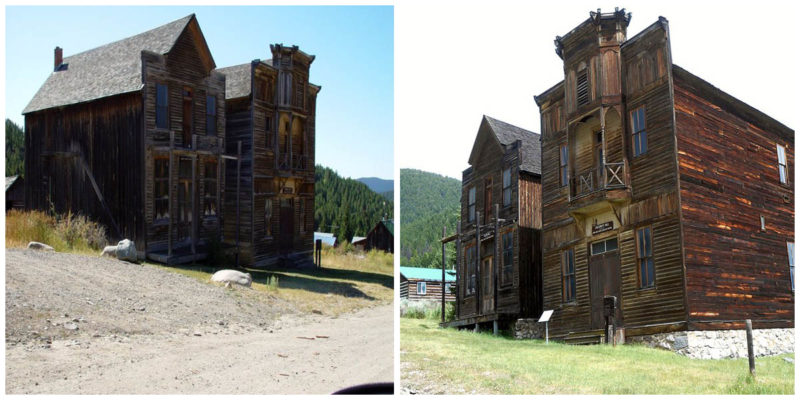It was a man by the name of Peter Wys who came by an ore deposit in 1870. What this Swiss immigrant had found changed this land forever, but Wys didn’t get to enjoy his discovery for very long. He was found dead just a few days later, and the circumstances under which he had died remain a mystery to this very day.
In 1875, Anton M. Holter, an entrepreneur of Norwegian origin, claimed what Wys unwillingly left behind. News of his claim, initially known as the Holter Lode, soon spread and people flocked to the district. A number of new mines were born to exploit the rich silver veins, mines such as Hard Cash or Golden Curry.
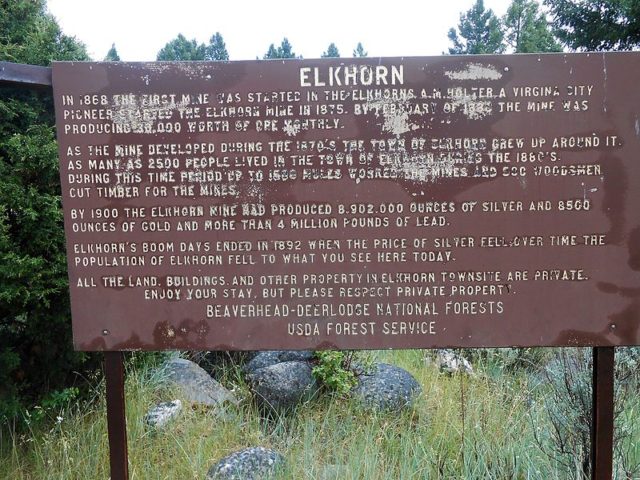
But what the Elkhorn Mine produced topped all — it was the largest in the area and, year after year, the mine expanded. By 1881, it reached the depth of around 300 feet. The bigger the mine, the bigger the need for an improved processing method, and that needed big investment.
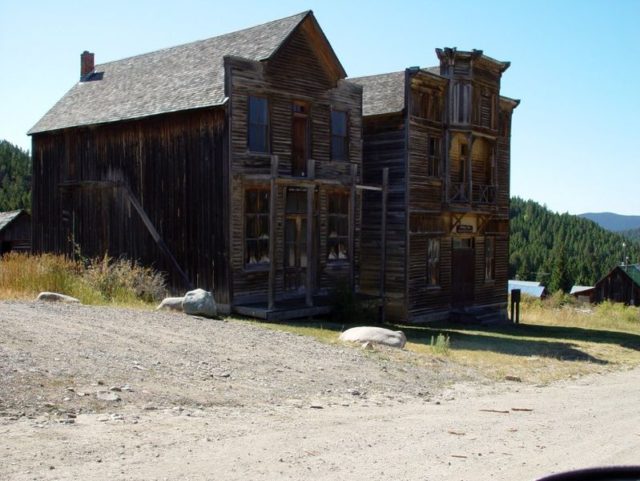
The Elkhorn Mining Company took over in 1882, investing heavily in new infrastructure. The new mill constructed in 1884 was capable to process 11 tons of raw ore per day.
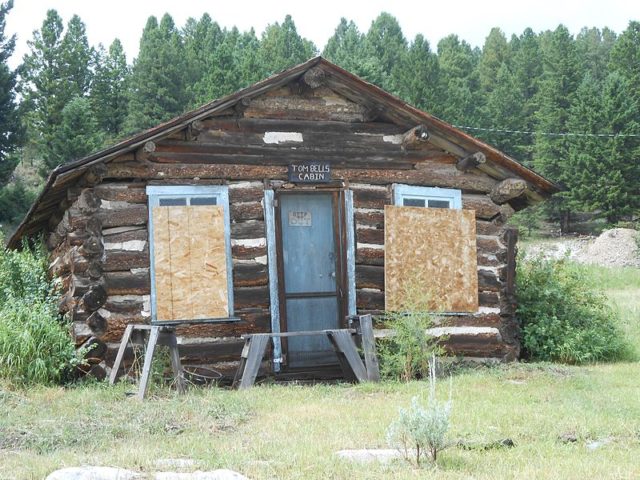
A new hoist and smelter were also added to the arsenal of machines. All that hard work required a large number of workers and around 1,500 mules. At one point, there were around 500 men that were tasked with collecting wood for the mine shafts. And as the mine grew so did the town of Elkhorn.
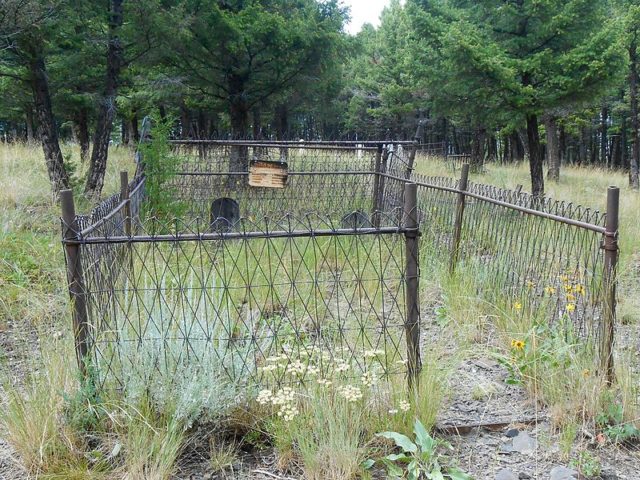
During its best years, this town had around 2,500 citizens, three hotels, a bowling alley, several stores, a school, a Methodist church, and a post office. But not all was hard work and no free time; the town also had a number of saloons as well as barber shops and, like the rest of the buoyant towns of the day, Elkhorn too had its fair share of boarding houses.
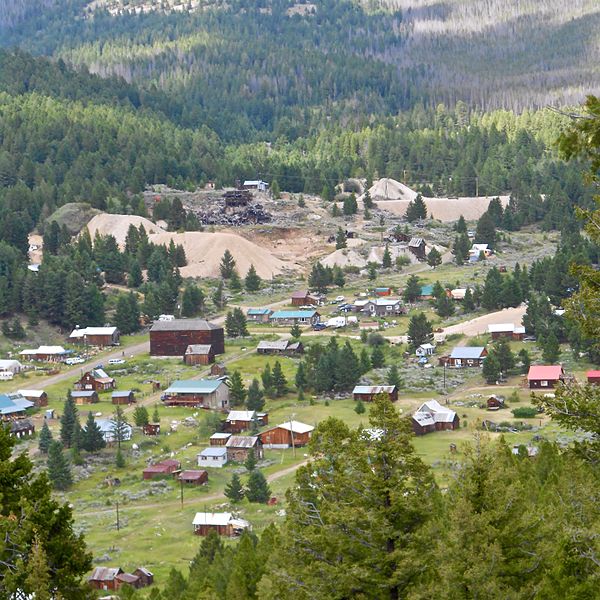
As a town and community, Elkhorn was rather different than most similar the mining communities, for this place was primarily home to European immigrants and their families. Not all of them worked at the mine, many had their own business to take care of or were employed as woodcutters.
By 1888 when the mine reached a depth of around 800 feet and was bringing in around $30,000 per month. The townsfolk suffered a harsh winter in 1888-9 which, followed by a diphtheria epidemic, took it’s toll on the population.
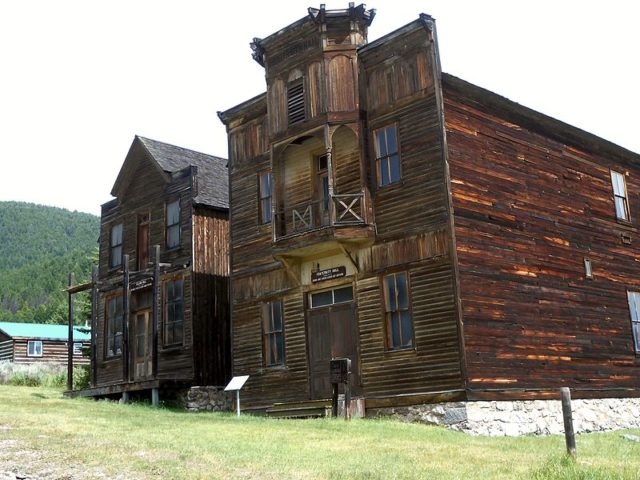
The mine was sold in 1889 for $500,000, close to $13 million inflation adjusted for 2018. The new owners kept the mine’s name and extensively renovated and developed the mill.
See also: 7 Most Dangerous Men of the Old Wild West
A line of the Northern Pacific Railroad was laid down that same year, so there was no need for the mules anymore. Around 1892, a new building, built in Greek Revival architectural style, was erected and served as a Fraternity Hall. But during this same period, the price of silver fell rapidly and Elkhorn’s population started to decline once again.
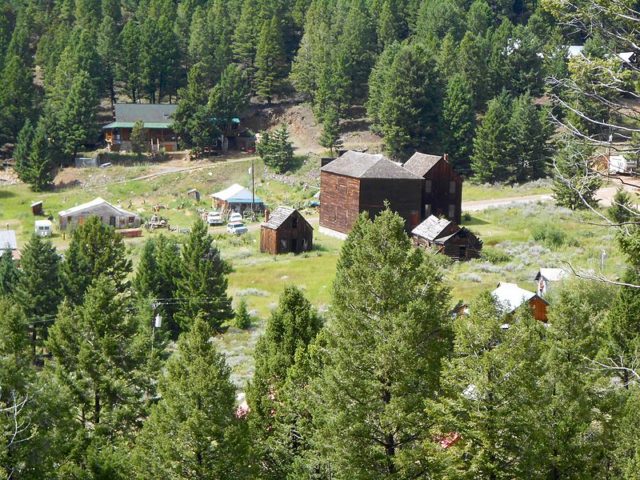
Even though the population just kept falling, and the mine was closed and reopened a few times, the town of Elkhorn to this very day refuses to give up.
It is still alive kicking, even though it’s a far cry from what it once was. A big portion of this town is now a part of Elkhorn State Historic Park. However, there are still quite a few residents who call Elkhorn home despite it being known as a ghost town.
